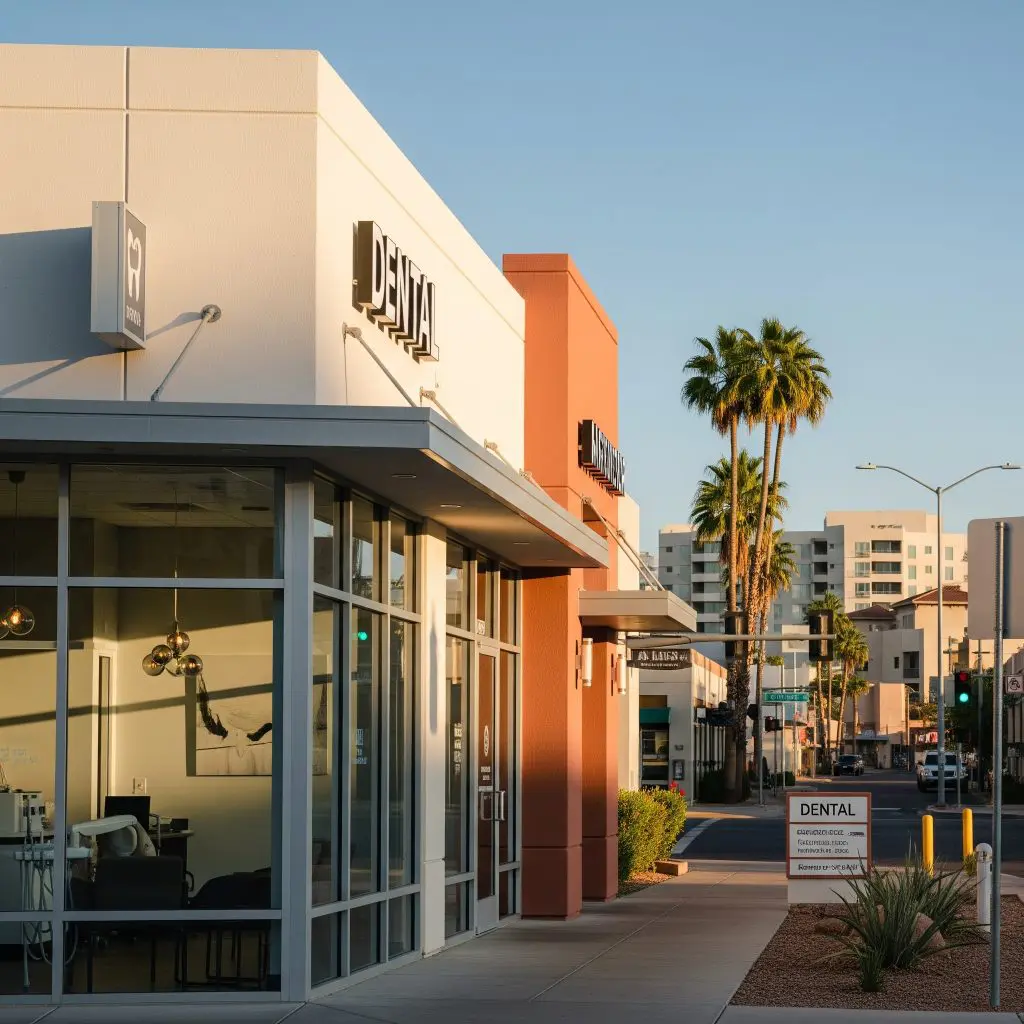California Inflation Budgeting & Real Estate Investment Guide 2025
As inflation continues to shape the economic landscape across the United States, California stands at the forefront of both challenges and opportunities. In 2025, navigating the complexities of inflationary pressures involves not only personal budgeting but also strategic real estate investments tailored to California’s unique economic, demographic, and geographic conditions. This comprehensive guide delivers actionable strategies for budgeting during inflation, evaluates the best real estate opportunities in California’s diverse markets, and unpacks how local policy, growth trends, and state-specific dynamics reshape investment prospects across the Golden State.
- California Inflation Budgeting & Real Estate Investment Guide 2025
- Understanding Inflation Trends & Economic Indicators in California (2025)
- Budgeting for Inflation in California: Practical State-Specific Guidance
- Best Real Estate Investment Opportunities in California (Urban Rental Properties Focus)
- Local Regulatory Environment & Investment Incentives
- California’s 2025 Economic & Real Estate Forecast
- Urban Rental Investment: California’s Inflation Hedge
- Climate, Infrastructure & Geographic Drivers of Value
- California Real Estate Investment Success Stories (2023-2025)
- Next Steps: Strategic Real Estate Planning in California
- Conclusion
Understanding Inflation Trends & Economic Indicators in California (2025)
- Consumer Price Index (CPI) Growth: California’s CPI is projected to increase by 4.8% in 2025, slightly outpacing the national average of 4.2%. Key drivers include housing and energy costs, especially in metropolitan regions.
- Unemployment Rate: The statewide unemployment rate is forecasted to hover around 4.7%, buoyed by strong job growth in technology, entertainment, healthcare, and logistics sectors.
- GDP Growth: California’s GDP is expected to grow by 2.3%, underpinned by robust international trade, innovation hubs, and venture capital investments, despite inflationary constraints.
- Population Trends: After a brief stagnation during the pandemic, 2025 marks a resurgence of in-migration to select California metros—especially in affordable inland areas.
Budgeting for Inflation in California: Practical State-Specific Guidance
1. Managing the California Cost of Living
California’s cost of living remains among the highest in the nation, with average housing and utility expenses leading the charge. Here’s how to counter inflation’s impact locally:

- Housing: Median home values statewide approach $800,000, but inland metros (e.g., Fresno, Bakersfield, Riverside) offer homes at 30-45% lower prices. Consider cost-sharing via co-living, house hacking, or relocating within the state to reduce overheads.
- Utilities & Transport: California’s push for renewable energy creates variable utility costs. Budget for seasonal fluctuations, especially in regions with extreme summer/winter temperatures.
- Essential Goods: Inflation has noticeably increased grocery prices (up ~6% YOY). Utilize local farmer’s markets and bulk-purchasing co-ops for cost savings.
2. Taxation & State Economic Policy Effects
- Property Tax: Statewide average effective rate is ~0.73%, but Prop 13 ensures predictability for long-term owners. Be mindful of supplemental taxes upon sale or new purchase.
- Income Tax: Highest marginal rate at 13.3%—plan for this when assessing investment returns or budgeting for inflationary wage adjustments.
- Recent Legislation: AB-2011 (affordable housing streamlining) and SB-9 (lot-splitting) facilitate increased housing supply—key to understanding regional inflation and home value trends.
3. Cost-of-Living Adjustments by Region
| Metro Area | Cost of Living Index | Median Rent (2BR) | Median Home Price |
|---|---|---|---|
| San Francisco-Oakland | 193 | $3,550 | $1.3M |
| Los Angeles-Long Beach | 170 | $3,050 | $950K |
| San Diego | 163 | $2,850 | $940K |
| Sacramento | 120 | $2,150 | $585K |
| Fresno | 107 | $1,350 | $395K |
Best Real Estate Investment Opportunities in California (Urban Rental Properties Focus)
During inflationary periods, urban rental properties provide a resilient hedge. California’s growing urban populations, low rental vacancy rates, and high demand for workforce and student housing make multifamily and mixed-use investments particularly attractive. Below, we dive into metro-specific trends, opportunities, and case studies.
Need capital? GHC Funding offers flexible funding solutions to support your business growth or real estate projects. Discover fast, reliable financing options today!
Test Your Expertise: The Complexities of the 1031 Exchange

As a sophisticated real estate investor, you understand that the 1031 Exchange is a cornerstone strategy for tax deferral and wealth accumulation. But beyond the basics, the intricacies of the 1031 Exchange rules can pose significant challenges. This quiz is designed to test your in-depth knowledge and highlight critical nuances that separate casual investors from true experts in 1031 Exchange transactions.
Instructions: Choose the best answer for each question.
⚡ Key Flexible Funding Options
GHC Funding everages financing types that prioritize asset value and cash flow over lengthy financial history checks:
-
Bridge Loans: These are short-term loans used to "bridge the gap" between an immediate need for capital and securing permanent financing (like a traditional loan or sale). They are known for fast closing and are often asset-collateralized, making them ideal for time-sensitive real estate acquisitions or value-add projects.
-
DSCR Loans (Debt Service Coverage Ratio): Primarily for real estate investors, these loans are underwritten based on the property's rental income vs. debt obligation ($\text{DSCR} = \text{Net Operating Income} / \text{Total Debt Service}$), not the borrower's personal income or tax returns. This offers flexibility for those with complex finances.
-
SBA Loans: The Small Business Administration (SBA) guarantees loans offered by partner lenders. While providing excellent terms (long repayment, lower rates), the application process is typically slower than private/bridge funding, often making them less suitable for immediate needs. SBA eligibility heavily relies on the DSCR metric for repayment assessment.
🌐 Learn More
For details on GHC Funding's specific products and to start an application, please visit their homepage:
The Ultimate DSCR Loan for Rental Property Quiz

Are you looking to expand your real estate investment portfolio? A DSCR loan might be the perfect tool to help you achieve your goals without relying on traditional income documentation. Test your knowledge with this quiz to see if you're ready to master the intricacies of a DSCR loan for rental property.
1. Los Angeles Metro Area
- Rental Market: Rents up 7% YOY. Extremely low vacancy (~2.6%) and high migration from rural counties. Popular neighborhoods: Koreatown, Downtown LA, North Hollywood.
- Best Property Types: Class B/C multifamily buildings (10-50 units), ADU (Accessory Dwelling Unit) conversions, and rent-by-the-room projects for urban professionals.
- Regulatory Snapshot: LA’s Rent Stabilization Ordinance (RSO) caps rent increases; best for long-term, cash-flow-focused investors. Incentives for new affordable builds (Measure ULA funds).
- Case Study: A USC alumni pooled capital to buy a 16-unit Koreatown apartment, added value via eco-efficient upgrades, and boosted cashflow by 15% in 18 months despite rising costs.
2. San Francisco Bay Area
- Rental Dynamics: Strong post-pandemic bounce-back, fueled by tech job resurgence and ongoing graduate student demand. Target cities: Oakland, San Jose, Berkeley.
- Investment Spotlight: Build-to-rent single-family homes in Oakland and East Bay—leveraging SB-9 to split larger lots for duplex/triplex development.
- Risks: Stringent tenant protections and permitting delays can slow projects. Strong long-term appreciation offsets short-term volatility.
- Example: A Berkeley duplex owner sublet units to university students, achieving 98% occupancy and 10% above-market yields through furnished rentals.
3. San Diego
- Market Highlights: Rental demand outpaces new supply. Short-term and vacation rentals popular, but city regulations are tightening.
- Opportunity: Transitional neighborhoods near mass transit (Encanto, City Heights) offer favorable entry points for multifamily rehab or mid-term furnished rentals.
4. Sacramento & Central Valley
- Affordability Appeal: In-migration from Bay Area pushes up rents (projected 5.2% growth in 2025). Vacancy rates below 3% in core urban neighborhoods.
- High-ROI Sectors: Small apartment complexes and mixed-use buildings with ground-floor retail in Midtown Sacramento.
- Case Study: Fresno investor capitalized on university expansion by purchasing and converting a single-family near campus into a legal triplex, doubling passive income within two years.
Local Regulatory Environment & Investment Incentives
- Incentives: State-wide grants for ADU construction, local density bonuses for affordable housing, and energy-efficiency retrofitting credits.
- Regulation: City-level rent control (SF, LA, others) and statewide Just Cause eviction laws. Investors must navigate these rules for compliance and risk mitigation.
- Zoning Changes: “Missing middle” housing bills (e.g., SB-10) support infill multifamily development—ideal for maximizing land use in urban cores.
California’s 2025 Economic & Real Estate Forecast
- Population Growth: Net inflows return to positive in Sacramento, Inland Empire, and select Central Valley metros. Coastal outmigration slows as remote work stabilizes.
- Labor Market: Tech, green energy, logistics, film/media, and healthcare lead job creation—fueling ongoing urban rental demand.
- Housing Starts: Permits up 9% YOY for multifamily in LA, Bay Area, and Riverside. Single-family permits lag in higher-cost regions.
- Home Price Outlook: Coastal prices plateau, while Central Valley and Inland Empire expect solid appreciation (5-8%/yr), driven by affordability and infrastructure projects.
Urban Rental Investment: California’s Inflation Hedge
Why Urban Rentals Beat Inflation in 2025
- Index-Linked Returns: Rents can be adjusted annually with inflation, preserving purchasing power.
- Tax-Advantaged Growth: Leverage Prop 13 for stable property taxes; defer gains through 1031 exchanges.
- High Rental Demand: Urban population densities and limited new supply reduce vacancy risk—even during economic slowdowns.
- Diversification: California’s cities serve distinct sectors: tech in San Jose/SF, entertainment in LA, government in Sacramento—reducing market correlation risk.
Inflation Budgeting: Localized Strategies
- Leverage Variable-Rate Income: Opt for rental properties or side businesses that enable price adjustments with inflation.
- Reduce Fixed Debt: Use low-interest, fixed-rate mortgages to repay with “cheaper dollars” over time, making inflation advantageous.
- Expense Control: Invest in energy-saving renovations and water-efficient landscaping to minimize non-discretionary cost spikes.
- Community Engagement: Join local housing coalitions and rental associations for policy insights, group purchasing power, and tenant screening resources.
Climate, Infrastructure & Geographic Drivers of Value
- Climate Risk: Wildfire zones in Northern and Southern California impact insurance and permit costs. Focus on established urban blocks with strong municipal services and evacuation plans.
- Infrastructure: High-speed rail (Bakersfield-Merced segment, LA-SF pending) and transit upgrades drive up rental demand near planned stops.
- Tech & Education Clusters: Proximity to universities (UC system, Cal State), major employers (Silicon Valley, Hollywood, biotech clusters) sustains premium rental yields.
California Real Estate Investment Success Stories (2023-2025)
- Oakland, CA: A syndicate acquired and repositioned a 32-unit apartment, added solar power/EV charging, and reconfigured to support co-living. Despite inflation, net operating income (NOI) rose 18% in 18 months.
- Bakersfield, CA: Coastal buyer expanded into a value-add multifamily close to new logistics hubs. Rent increases of 9% were achieved while holding expenses to +2% through energy upgrades.
- Los Angeles ADU Project: Homeowner leveraged CalHFA grants to build a backyard rental unit, boosting total property value by 22% and generating $2,150/month extra income in a rent-restricted market.
Next Steps: Strategic Real Estate Planning in California
- Market Research: Analyze local data—vacancy rates, absorption trends, new construction, job, and population forecasts.
- Stress-Testing Budgets: Prepare for 5-8% inflation scenarios; model rental rates, expenses, and debt service under stress conditions.
- Leverage Local Networks: Partner with property managers, housing experts, and development groups focused on urban infill and affordable housing opportunities.
- Review Incentives: Regularly review city/county websites for grant, low-interest loan, and density bonus programs.
- Legal Compliance: Stay up-to-date with local ordinances on rent control, just-cause eviction, and tenant rights.
Conclusion
In 2025, California’s inflationary environment presents both trials and avenues for opportunity. Savvy budgeting—especially around housing and local taxes—combined with targeted investments in urban rental properties, can act as a formidable inflation hedge. By leveraging local incentives, understanding key metro economies, and connecting with local real estate ecosystems, investors and residents alike can build resilience and capitalize on growth, even as costs rise. California stands ready to reward informed and proactive strategies in this dynamic inflationary cycle.
Get a No Obligation Quote Today.
✅ Real Estate Investor Resources
-
AirDNA (Short-Term Rental Data)
https://www.airdna.co - Rentometer (Rent Comps)
https://www.rentometer.com - Zillow Research & Data
https://www.zillow.com/research
DSCR Loan IQ Quiz!

Test your knowledge of Debt Service Coverage Ratio (DSCR) loans!



